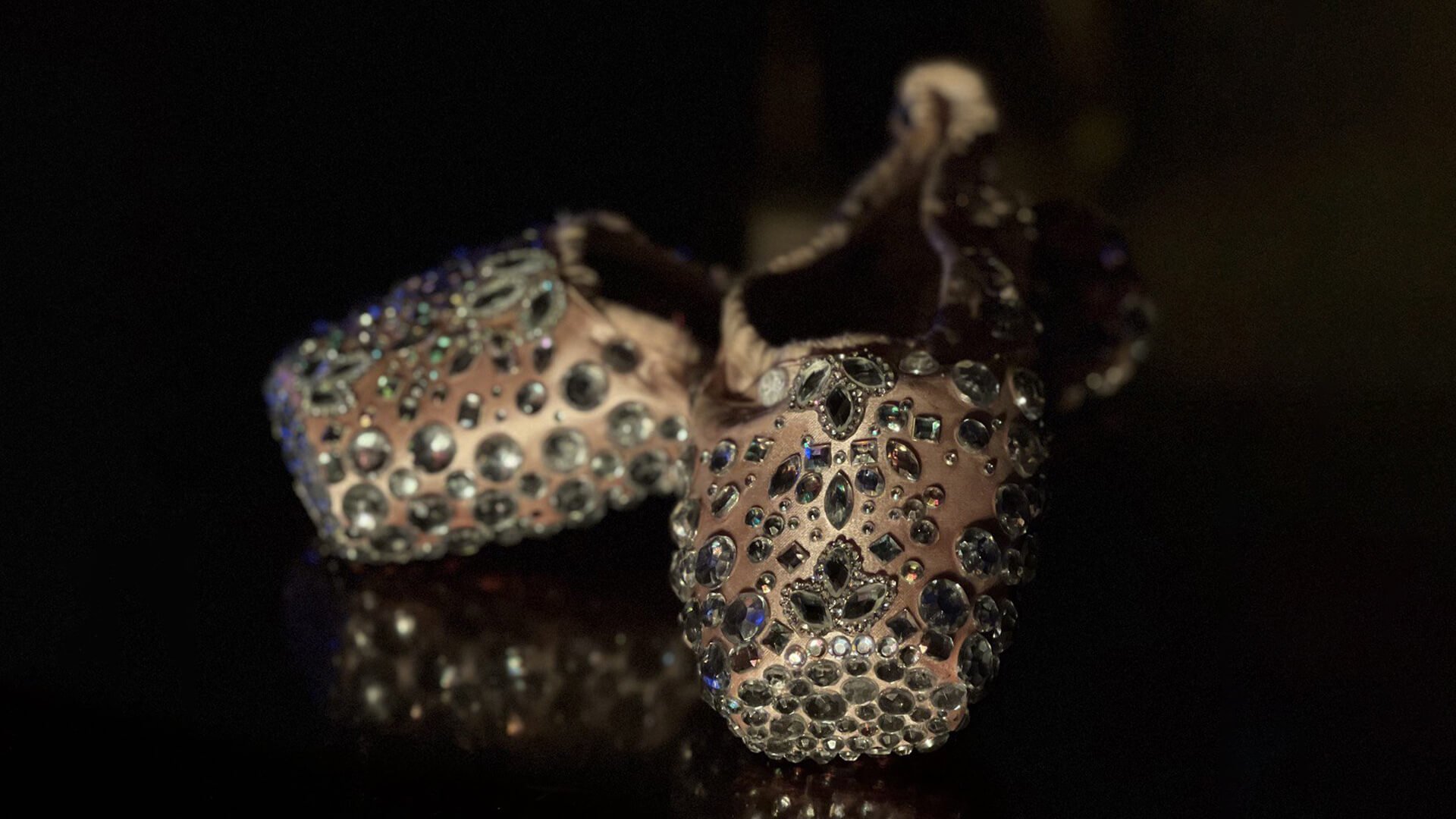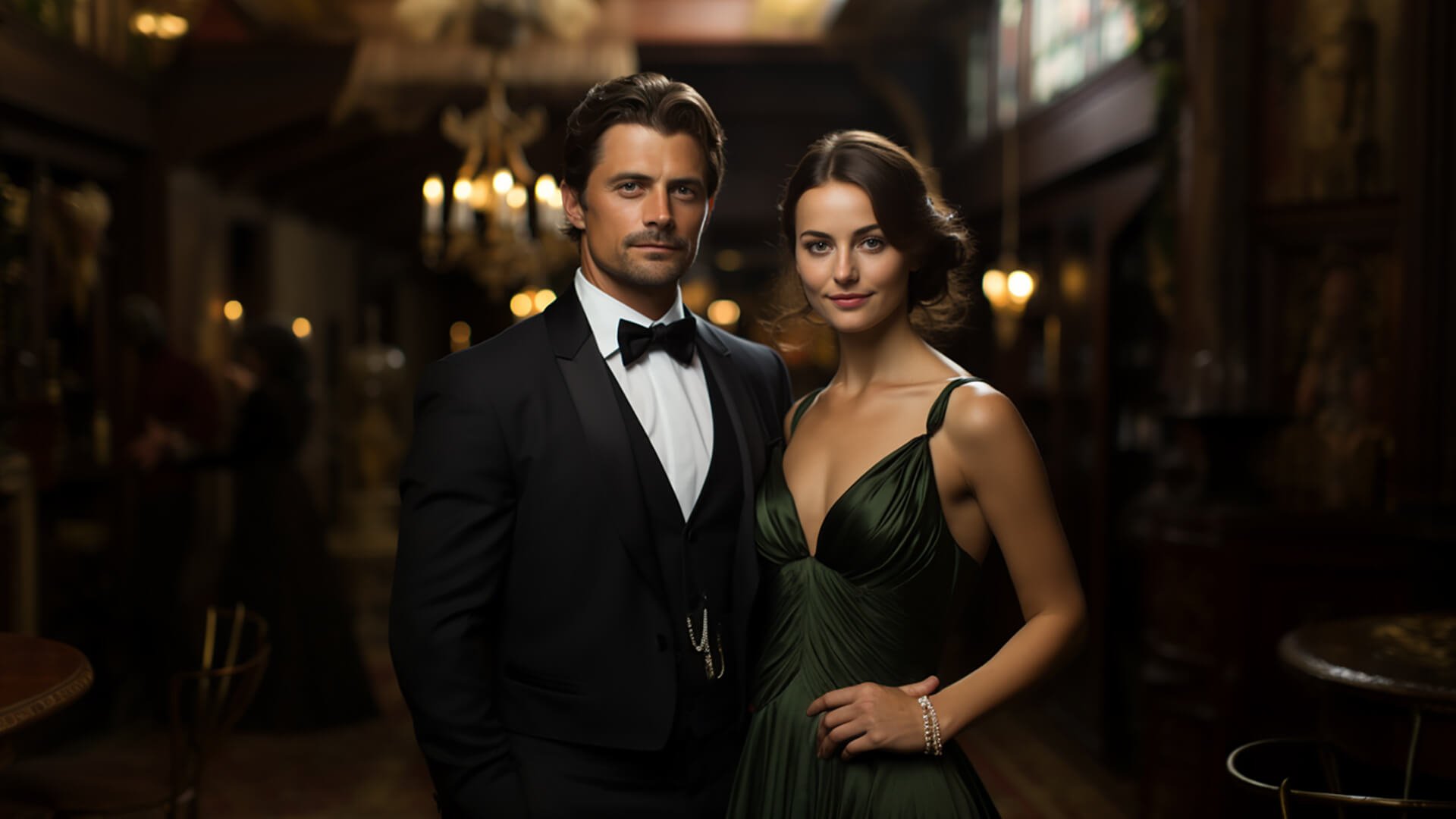The Intriguing World of Ballet Pointe Shoes: Craftsmanship and Technique
Ballet is a mesmerizing art form that charms audiences with its elegance and beauty. One of the most iconic elements of ballet is the pointe shoe, which allows dancers to achieve seemingly gravity-defying feats. In this blog, we’ll delve into the fascinating world of ballet pointe shoes, exploring how they work, how they’re made, and the role they play in the world of ballet.
The Art of Pointe Work
Pointe work is a fundamental aspect of classical ballet that enables dancers to stand on the very tips of their toes, creating an illusion of weightlessness and ethereal grace. First introduced in the Romantic era by Marie Taglioni in “La Sylphide,” pointe work has since become synonymous with ballet, showcasing the incredible strength, balance, and skill of the dancers.
The Anatomy of a Pointe Shoe
Ballet pointe shoes are carefully crafted to provide the necessary support and stability for dancers to perform en pointe. A typical pointe shoe consists of several components:
Box: The rigid front part of the shoe, made from layers of fabric and glue, that encases and supports the dancer’s toes.
Shank: A stiff insole that provides support for the arch of the foot and helps maintain the shoe’s shape.
Vamp: The portion of the shoe that covers the top of the foot and connects the box to the drawstrings.
Platform: The flat area at the tip of the box, on which the dancer balances en pointe.
Ribbons and Elastic: These secure the shoe to the dancer’s foot and provide additional support.
The Craftsmanship of Pointe Shoes
Creating a pointe shoe is an intricate process that requires exceptional skill and attention to detail. Many pointe shoes are still handcrafted by master cobblers, who carefully construct each shoe using traditional techniques.
The Craftsmanship of Pointe Shoes and Renowned Manufacturers
Creating a pointe shoe is an intricate process that requires exceptional skill and attention to detail. Many pointe shoes are still handcrafted by master cobblers, who carefully construct each shoe using traditional techniques.
Some of the most renowned pointe shoe manufacturers include Freed of London, Grishko, Gaynor Minden, Bloch, Capezio, and Russian Pointe. These brands are popular among ballet dancers for their excellent craftsmanship, quality materials, and innovative designs that cater to the unique needs of each dancer.
The process begins with the creation of the box, which involves layering fabric or paper and applying a special glue to create a strong, supportive structure. Once the box is formed and dried, the shoe’s other components, such as the shank and vamp, are assembled and sewn together. The shoes are then finished with ribbons and elastic, tailored to the individual dancer’s preferences and needs.
Caring for Pointe Shoes
Proper care and maintenance of pointe shoes are essential for ensuring their longevity and optimal performance. Dancers must allow their shoes to air dry after each use, as moisture can weaken the materials and cause them to break down more quickly. Rotating between multiple pairs of pointe shoes and replacing them as needed is crucial for maintaining foot health and preventing injuries.
Conclusion
The artistry and craftsmanship behind ballet pointe shoes are a testament to the dedication and passion that define the world of ballet. These unique shoes play a crucial role in bringing the fascinating beauty of ballet to life, allowing dancers to perform with grace, strength, and elegance.
As the World Ballet Company, we’re delighted to share our enthusiasm for ballet with you, and we wholeheartedly invite you to join us in cherishing this remarkable art form. We’d love for you to join us at our upcoming performances, where you’ll be able to appreciate the artistry of pointe work up close. Feel free to click the button below, have a look at our schedule, and secure your tickets with ease.









